SUMMARY
This is AI generated summarization, which may have errors. For context, always refer to the full article.
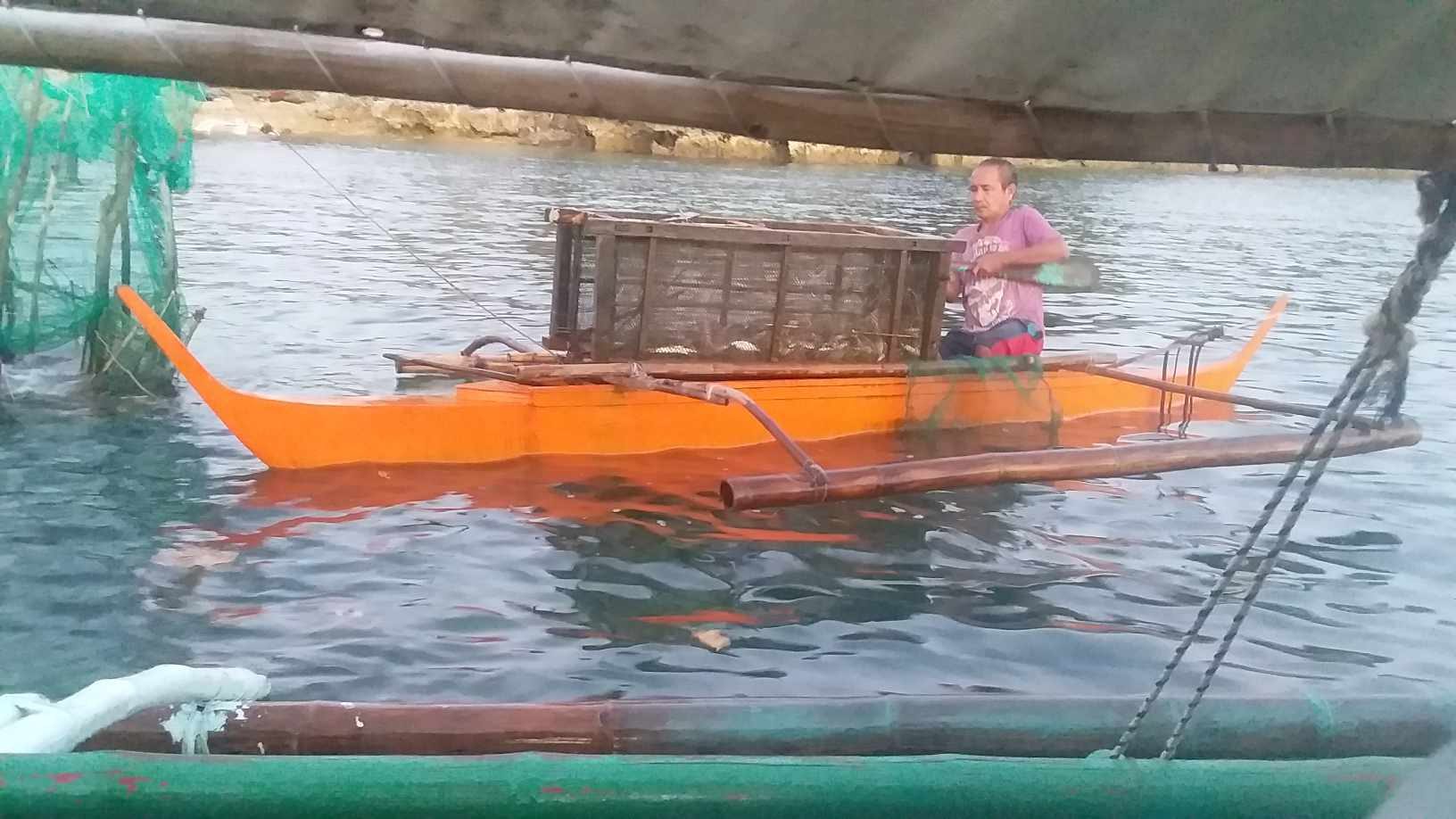
LEYTE, Philippines – Sun-dried, salted danggit (Siganus canaliculatus) is a favorite breakfast dish among many Filipinos. The popular fish species, also known as siganid, are a source of income for fisherfolk, food processors, micro-entrepreneurs, notably from Visayas where it is abundant.
Like other fish species, however, the danggit population has suffered due to overfishing.
To avert the perceived declining fish stocks, especially danggit, coastal communities in Palompon, Leyte, have been sustaining their 27-year-old coastal resource management program.
Annually, the Adlaw sa Danggit (Day of the Danggit) happens after the new moon in the months of February, March, April, considered to be the species’ peak spawning season. For this month, it was held from March 13 to 15, as an immersive and multisectoral community-based program that uses tourism as a tool for nature conservation.
The town’s municipal environment officer, Raoul Bacalla, explained that Adlaw sa Danggit is an innovation to implement and enforce a local ordinance on closed fishing season for danggit, an effort to protect the population of the species.
Bacalla said that aside from being a closed season strategy for fishing danggit, the program also gives tourists and volunteers an opportunity for actual learning and hands-on fish harvesting and conservation experiences.
The Adlaw sa Danggit, during the spawning season, offers people a 20-hour experience that includes observing how fisherfolk remove the fish corrals to ensure that no danggit is caught.
“It is a tourism activity whose primary objective is nature’s conservation,” Bacalla said.
A town ordinance in Palompon has been credited for sustaining a stable fish catch, making it one of the major suppliers of dried and boneless danggit in the market.
Danggit fetches P800 to P900 per kilogram, and Palompon suppliers from coastal barangays like Plaridel, Buenavista, and Duljugan ship their products to Cebu.
The ordinance provides days in the months of February, March, and April as a closed season so that the danggit can freely spawn. During the 3rd, 4th, and 5th day of these months, fishing is not allowed along the town’s shores and coastlines from 6 pm to 6 am the next day, where species usually reproduce. This rule aims to protect the fish during their spawning season.
During that period, fish corrals must also be open to allow the fish to spawn freely. Danggit are caught using such man-made fish traps.
Bacalla said local officials saw it as the best strategy to address the problem about the declining population of danggit.
Michael Pasana, the town’s public employment service officer who previously managed the town’s public market, said imposing a danggit fishing ban during the spawning season has allowed the fish to mature to a desirable size for consumption.
One of the results of the program was the “elimination of stress” on the part of ordinance enforcement, and stimulating cooperation and the public’s active involvement in the activity.
The town government of Palompon has recently signed an agreement with Oceana Philippines International for the establishment of coastal greenbelt zones aimed to contribute to addressing the declining fish stocks and unabated destruction of coral reefs and other habitats. The partnership also seeks to provide food security and livelihood for the community.
Palompon Mayor Ramon Oñate said it is important to assess, rehabilitate, conserve, and protect the town’s environment, from mountains to forest and rivers, to the coastal areas. He said they were applying the environmental management principle of integrated protection and planning of interconnected ecosystems called “Ridge-to-Reef.” – Rappler.com
Gerardo C. Reyes Jr is a community journalist at Palawan Daily News and is an Aries Rufo Journalism fellow of Rappler for 2023-2024.
Add a comment
How does this make you feel?





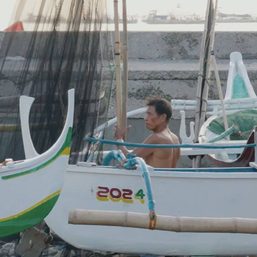
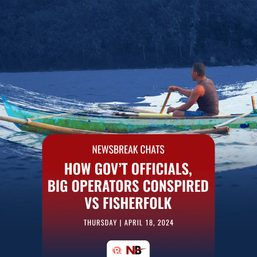
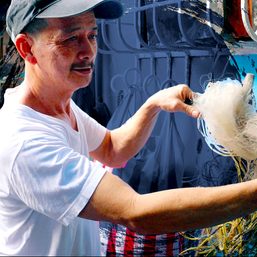
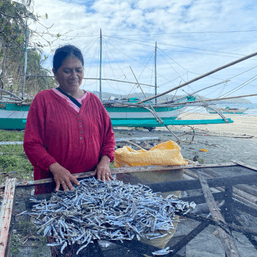





There are no comments yet. Add your comment to start the conversation.